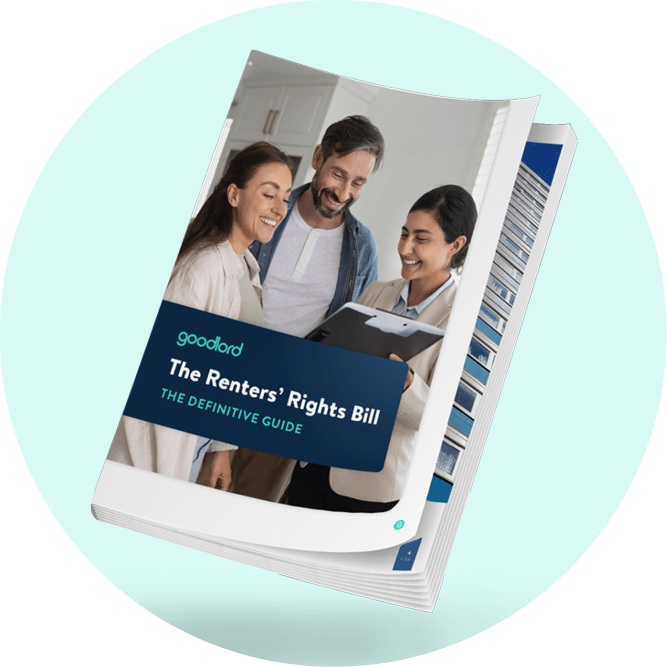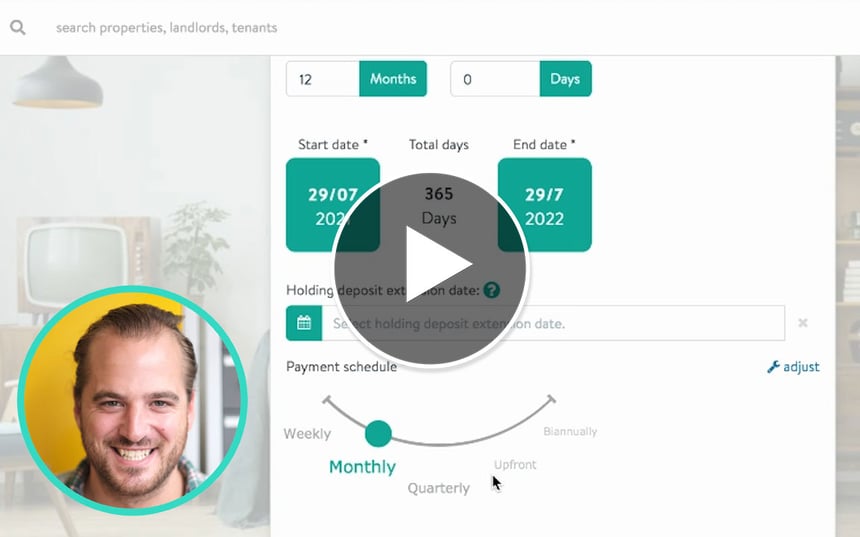Reapit: Is the buy-to-let outlook improving for landlords?
Landlord confidence is on the rise and tenant demand is high. Does this mean a shift towards a more optimistic outlook in the buy-to-let market?
A guest blog by Tara Sparrow, Sales Director of Reapit.
There are an estimated 2.7 million landlords in the Private Rented Sector providing rental accommodation to multiple generations of tenant, a highly vital role in the property market. However, recent years have arguably not been too kind on landlords with landlord confidence hitting record lows under the barrage of regulatory and tax adjustments, as well as the common sentiment that the government simply does not hold their interests at value compared to tenants.
But could this be changing? Recent reports suggest that landlord confidence is on the rise, and it may be that the recent consumer-driven shifts to the property market are reasons to be optimistic for the buy-to-let (BTL) market.
To recap slightly, let us start with a look at some of the leading issues impacting on landlords over recent years and how they have influenced the rolling waves of landlord confidence.
Regulatory impacts and Covid consequences
The influx of regulatory changes and tax adjustments have undoubtedly only added pressure to a group that has already been facing significant pressure.
Some of these changes have directly impacted landlord income streams, with the gradual reduction of the tax relief on BTL mortgages, with 2021 being the first full year where landlords can't deduct mortgage expenses from their rental income, and restrictions to Private Residence Relief in effect from April 2020 – which means that landlords who do not share occupancy with their tenants could miss out on up to £40,000 of lettings relief.
The Covid-19 pandemic, which has impacted all of us in one form or another, has also been extremely detrimental to landlords with the build-up of rent arrears, estimated by consultancy Dynata on behalf of the National Residential Landlords Association (NRLA) to have affected over 800,000 tenants across England and Wales at the height of the pandemic when surveyed in late 2020. Indeed, it was further reported that half of landlords lost rental income during the pandemic.
Combined with the ban on tenant evictions which started last year in March for all but the most serious of cases, 2020 was truly a difficult year for landlords. The ban has only recently come to an end as of 31 May, and there are still extended notice periods of four months (down from six prior to 1 June) under section 21 that will not return to pre-pandemic levels until 1 October 2021 at the earliest.
The scrappage of section 21 – ‘no fault’ evictions – is also something that has been on the cards as a possibility for quite some time, and if it comes to pass it will be another hurdle for landlords. Though rarely used – research from the National Residential Landlord Association (NRLA) found that landlords typically use section 21 scarcely and responsibly – it is still a necessary tool for landlords on occasion.
The downs and ups of landlord confidence
So, it is not too surprising that landlord confidence has been hit hard over the past few years. When the NRLA started measuring landlord confidence in their quarterly Landlord Confidence Index (LCI) for Q1 2019, the index found that 33 percent of landlords were less confident on their plans for the next 12 months, with 13 percent saying they were much less confident.
Indeed, in the Q4 2019 LCI, 34 percent of landlords said that they planned to sell up, and it only got worse in Q1 2020 when the COVID-19 pandemic caused near-unprecedented uncertainty for landlords with a heavy restriction on their ability to make sound business decisions.
Bringing together all the challenges of 2020 would compound the uncertainty and insecurity facing landlords, and with so many landlords predicting that they might sell up entirely, or at least reduce their portfolios, there could potentially be quite the negative impact on an already undersupplied rental market.
Fast forward 12 months however and the picture starts to become a lot more optimistic. The NRLA LCI for Q1 2021, released in July, revealed that landlord confidence had increased for two consecutive quarters; the outlook was still gloomy, with overall sentiment in the negative, but it does suggest that the outlook for landlords is becoming more positive as the months roll on.
In fact, since Q4 2020 the proportion feeling “more confident” has doubled. And in addition, 21 percent of landlords surveyed said they planned to buy in the next 12 months, a 50 percent increase on the Q1 2020 and the highest figure recorded in the NRLA surveys since they began in Q1 2017.
The findings of a recent survey by The Deposit Protection Service and Zephyr Homeloans revealed that 34 percent of landlords had recently purchased another buy-to-let property or intended to buy one within the next nine months – yet another indication of a resurgent buy-to-let market, and of an upswing in landlord confidence in the year ahead.
Renting on the rise… and on the move
Looking into the reasons why the outlook for landlords is improving, aside from the most obvious answers found in an opening and resurgent economy with a wind down of restrictions, there is also the demand factor – this is to say that there are more people choosing to rent than ever before. Some of this is down to affordability (or unaffordability) of the buy market, but many renters are simply starting to favour the flexibility of renting as a long-term lifestyle choice, which will boost demand for landlords for the foreseeable future.
One area that this is most keenly being felt in is the pandemic-influenced interest in properties outside of cities and in towns and rural locales that are a lot more attractive (and in many cases more affordable) for the work-from-home crowd that no longer needs to make a regular commute into the office. Landlords may choose to rebalance their portfolios to reflect these potentially long-term changes to consumer behaviour.
There definitely seems to be an emerging trend of landlords spreading their bets outside of London and other major cities to regions beyond, and whilst there are still challenges on the horizon for landlords, there are also opportunities, which perhaps reflects the rise in confidence noted in recent months.
As Churchill once said: “A pessimist sees the difficulty in every opportunity; an optimist sees the opportunity in every difficulty.”
First published on Reapit.com. Goodlord partners with Reapit to provide agents with one smooth tenancy journey - all in one place. Find out more.
Want the latest lettings news delivered straight to your inbox every week? Sign up to our mailing list and stay up to date.










